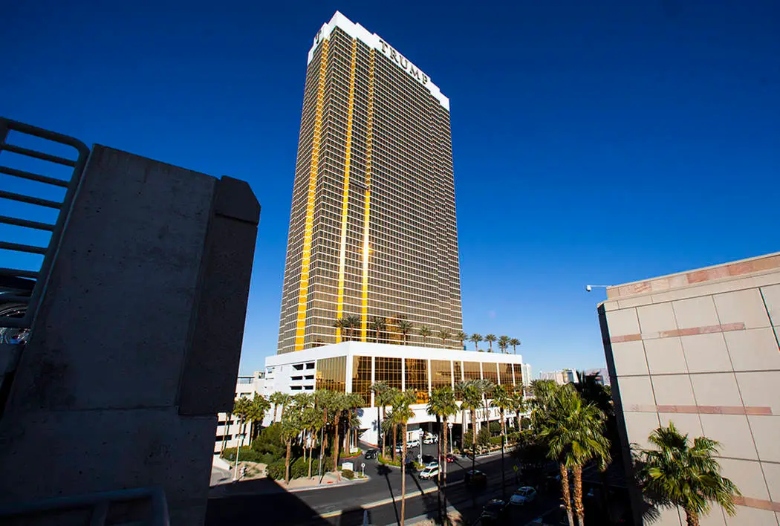President Joe Biden’s poor debate performance has led some in his own party to begin questioning whether he should be replaced on the ballot before November.
While discussions about potential alternatives continue pick up steam, actually replacing an incumbent president is no simple feat. The mechanisms, implications, and political realities make it a highly improbable endeavor.
The Process of Replacing an Incumbent
To understand the complexities involved, it is crucial to grasp the procedural aspects that govern such a significant decision. According to a detailed report by Breitbart, the Democratic National Committee (DNC) has established rules that outline how a nominee can be replaced. The DNC would need to convene and vote to select a new candidate. This process would require a majority of the DNC’s members to agree on a replacement, a scenario that demands substantial consensus within the party.
Additionally, the Associated Press (AP) notes that any replacement effort would face considerable logistical and legal hurdles. Ballot deadlines vary by state, and missing these deadlines could result in a scenario where Biden remains the nominee on some state ballots, leading to a fragmented and chaotic electoral outcome.
Political Realities and Challenges
The first roadblock for those who want to replace Biden is the fact that there is no evidence that Jill and the family is willing to let Joe end his political campaign. This reality would make it nearly impossible for Democrats to replace him.

Beyond procedural complexities, the political ramifications of attempting to replace an incumbent president are profound. The Democratic Party would have to contend with the optics of such a move. As observed by Breitbart, replacing Biden could be perceived as an admission of failure, potentially alienating key voter demographics and undermining confidence in the party’s leadership.
Moreover, the AP highlights the issue of party unity. Any attempt to replace Biden would likely exacerbate existing factions within the party. The Democratic coalition, which includes progressives, moderates, and various interest groups, might struggle to coalesce around a new candidate. This disunity could be exploited by Republicans, further diminishing the Democrats’ electoral prospects.
Biden’s Current Standing
Despite these challenges, President Biden’s current standing within the party remains relatively stable. His administration has managed to pass significant legislation, including the American Rescue Plan and infrastructure bills, which are touted as key achievements. These accomplishments bolster Biden’s argument for re-election, presenting him as a leader capable of delivering results.
However, concerns about Biden’s age and perceived cognitive decline persist. These issues are frequently cited by critics who question his ability to serve a second term effectively. Yet, as Breitbart points out, these concerns alone are unlikely to galvanize sufficient support within the DNC to replace him.
Potential Alternatives
Should the unlikely scenario of replacing Biden materialize, potential alternatives would have to be identified quickly. Prominent names such as Vice President Kamala Harris, Secretary of Transportation Pete Buttigieg, and Senators Elizabeth Warren and Bernie Sanders are often mentioned. However, each of these candidates comes with their own set of challenges and controversies.
For instance, Harris, despite being the sitting Vice President, has faced criticism for her handling of key issues such as immigration and has struggled with low approval ratings. Buttigieg, while popular among certain demographics, lacks the broad-based support needed to unify the party. Warren and Sanders, both representing the progressive wing, might struggle to attract moderate and independent voters.
Conservative Perspective on the Issue
From a conservative viewpoint, the discussions around replacing Biden highlight perceived weaknesses within the Democratic Party. Critics argue that the very consideration of replacing an incumbent president reflects a lack of confidence and stability. Furthermore, the potential candidates being floated are viewed as either too radical or inexperienced, casting doubt on their ability to lead effectively.
Conclusion
Replacing Joe Biden as the Democratic nominee for the 2024 presidential election is fraught with procedural, logistical, and political challenges. While there is ongoing speculation and concern within the party regarding Biden’s viability, the barriers to enacting such a change are substantial. The Democratic Party must weigh these factors carefully as they navigate the complexities of the upcoming election.

